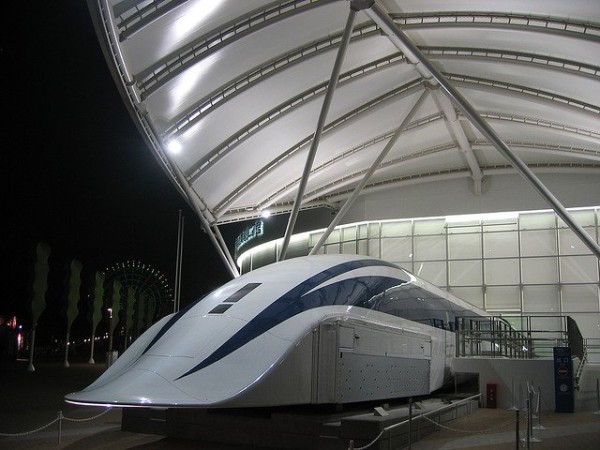A couple of years ago we reported that Japan plans to build the world’s fastest train. But later we came to know that Colorado-based company Evacuated Tube Transport Technologies (ET3) has planned to build a futuristic high-speed tube train that would move even at more higher speed than the Japanese train. However, while the futuristic high-speed tube has a long way to go to be materialized, in the mean time, Japan has made the world’s fastest train.
Elon Musk, the person behind the Hyperloop transport system which is widely known as high-speed tube train revealed some details of high-speed transportation system. The concept clearly depicted that the tube train will move up to 800 mph through a tube when built. Musk also stated that it will be a super fast tubular transport system with the ability to theoretically send someone or something from New York to Los Angeles in 30 minutes along with the top speed of 4,000 mph. No doubt, Musk’s such idea of bringing a tube train is undoubtedly different from Japanese, Chinese or German train, but at same time it’s true that Japan, China and German have high technology to surpass Musk’s dream any time.
However, leaving Musk’s so called Hyperloop transport system dream behind, lately Japan has made the world’s fastest train called JR Tokai L0 Series Shinkansen. It has an equivalent length of 16 cars placed one after another. The train can carry up to 1,000 passengers at a time. However, this brand new train is able to run at 311 mph. To reduce air resistance, front side of this train has been designed angular.
JR Tokai L0 Series Shinkansen can complete a journey of 200 miles in 40 minutes, while other bullet trains take up to 95 minutes to make the same trip. The train is magnetically levitated. So it hovers above the track for smooth, frictionless travel in any weather.
The Japan Rail has estimated that to build a finished mag-lev line from Tokyo to Osaka which is around a distance of 500 miles, it will cost around $100 billion. However, now the train is running a test route between Tokyo and Nagoya. It is slated to begin functional service in 2027.
Source: Business Insider
[ttjad keyword=”auto”]



